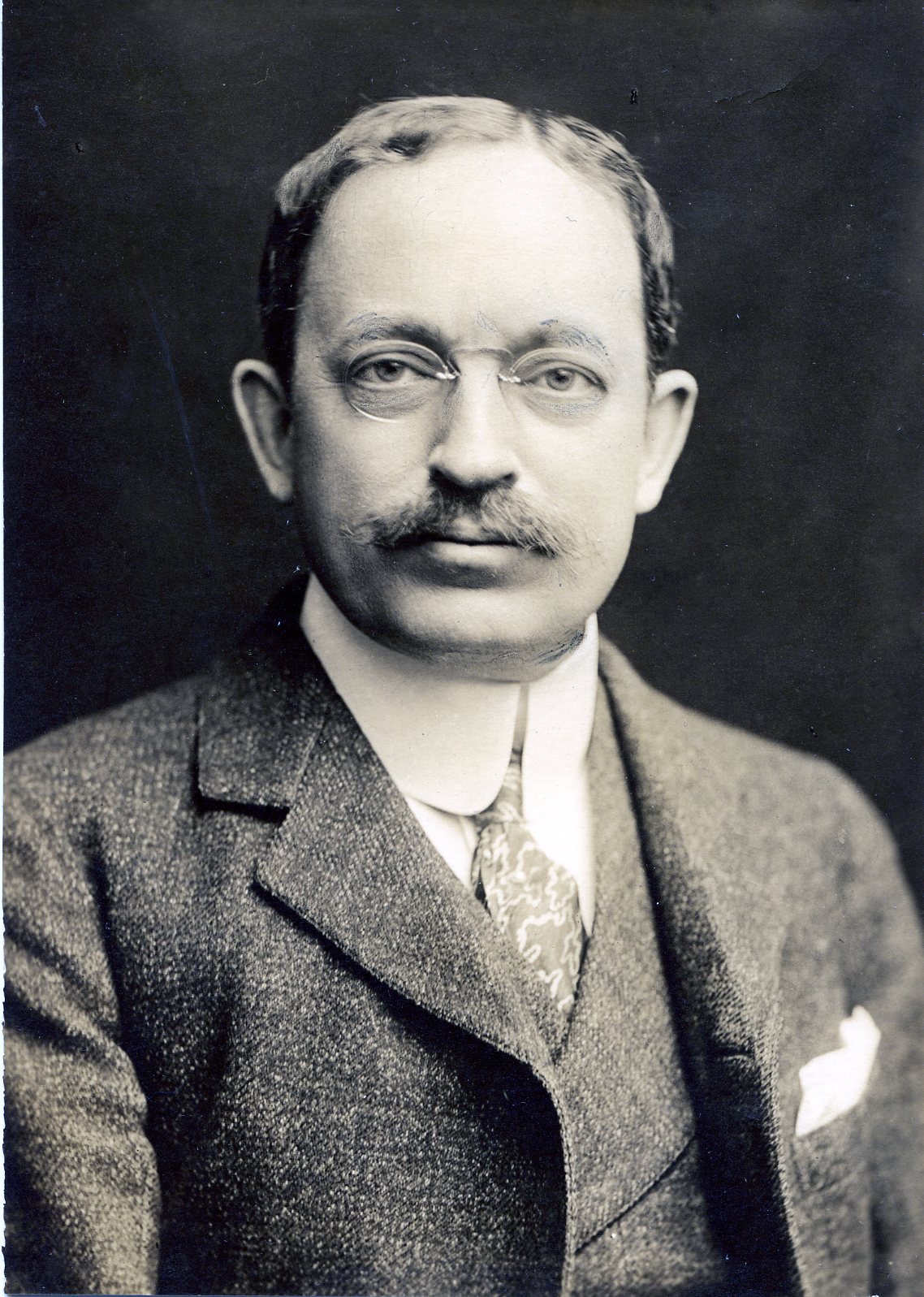Architect
Centurion, 1891–1929
Born 11 March 1860 in New York (Manhattan), New York
Died 22 October 1929 in Mineola, New York
Buried Putnam Cemetery , Greenwich, Connecticut
, Greenwich, Connecticut
Proposed by Philip Schaff and Charles A. Stoddard
Elected 7 November 1891 at age thirty-one
Archivist’s Note: Son of Thomas S. Hastings; elected before his father
Proposer of:
Century Memorial
The imagination, the artistic insight, the creative genius of Thomas Hastings are reminder, if reminder were needed, of the place which American architecture has filled in the history of our own times. There was a period, not much more than a quarter of a century ago, when great material prosperity in America, with its corollary of ambitious building plans, meant principally construction of obtrusive monuments to bad architectural taste. Copies and adaptations, in our cities, of French conceits of the Second Empire, rectangular country houses topped with a Mansard roof, great hotels at our summer or winter resorts which might have been modeled on British army barracks, were the product of that day’s prosperity. What was left of a municipal building fund, after the Tweeds had levied toll on it, was applied to artistic gems like the old Chambers Street Court House. The national government contributed to æsthetic education such achievements as New York’s down-town Post Office and the State Department building at the capital.
In how different an era we of today are living, the work of Hastings and of the brilliant group of architects with whom he competed for the honors of his profession is sufficient witness. It may have been because a new artistic spirit had been born among our people, or because more frequent contact with the best European art had changed the viewpoint, or even, as used to be declared, because American imagination had been stimulated by the grace and beauty of Chicago’s White City in 1893—long vanished like a Nineteenth Century Atlantis. Whatever the explanation, this is a new architectural America. An epoch of the most spectacular material prosperity in our history, instead of invoking, like the “boom times” of the Seventies, artistic vulgarities that reflected the exploits of the new-fledged speculative millionaires, has been marked by an architectural development such as might have stirred the pride of mediæval Europe.
To enumerate the architectural achievements of Thomas Hastings would be to point out many of the most pleasing public and private buildings of New York, Washington, and half a dozen other home and foreign cities. Perhaps he will be remembered best hereafter by two altogether contrasting works, the Ponce de Leon at St. Augustine with its atmosphere of the by-gone Spanish colonies, and the New York Public Library with its graceful civic dignity. There have been critics of this second well-known building. President Roosevelt thought the Fifth Avenue front should have been ornamented by American buffaloes, not by the lions of Trafalgar Square, and many a weary visitor to the consulting library has wished ill to the thought which relegated that department to the top floor of a building with the slowest of elevators and the longest of corridors. But Dr. Billings, not Hastings, was responsible for the secluded consulting library, and perhaps a buffalo gazing at Fifth Avenue would have been as incongruous as a lion, even if less conventional. Of the cheerful personality of Hastings, his host of friends, the vivacious and almost youthful quality of his intercourse, remembrance will be as vivid in the Century as with his professional colleagues.
Alexander Dana Noyes
1930 Century Association Yearbook

